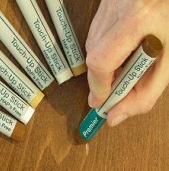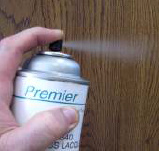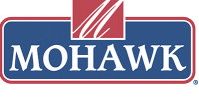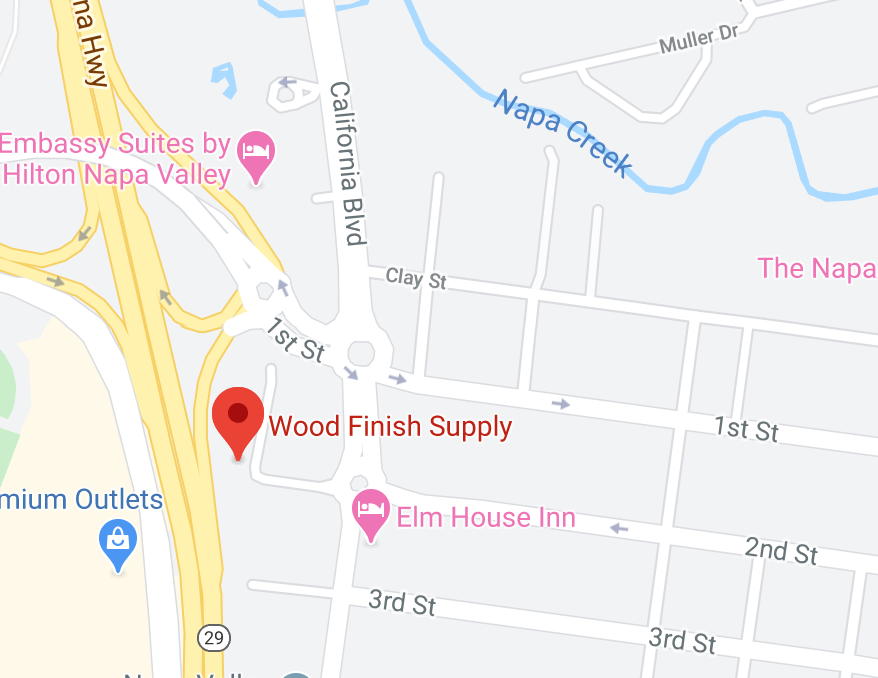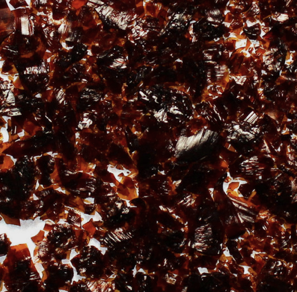In the Art of Wood Finishing, it should certainly be true that
“Finish Follows Function”.
It is the finishers task to so assure that in fact,
Finish Follows Function.
Ron Ashby, July 2024
————————————-
From Wikipedia:
The phrase “form follows function” is attributed to:
Louis Henry Sullivan (September 3, 1856 – April 14, 1924)[1] was an American architect, and has been called a “father of skyscrapers”[2] and “father of modernism.”[3] He was an influential architect of the Chicago School, a mentor to Frank Lloyd Wright, and an inspiration to the Chicago group of architects who have come to be known as the Prairie School. Along with Wright and Henry Hobson Richardson, Sullivan is one of “the recognized trinity of American architecture.”
The phrase “form follows function” is attributed to him
For Sullivan this was distilled wisdom, an aesthetic credo,
the single “rule that shall permit of no exception.”
The full quote is:
“Whether it be the sweeping eagle in his flight, or the open apple-blossom, the toiling workhorse, the blithe swan, the branching oak, the winding stream at its base, the drifting clouds, over all the coursing sun, form ever follows function, and this is the law. Where function does not change,
form does not change. The granite rocks, the ever-brooding hills, remain for ages;
the lightning lives, comes into shape, and dies, in a twinkling.
It is the pervading law of all things organic and inorganic, of all things physical and metaphysical,
of all things human and all things superhuman, of all true manifestations of the head, of the heart,
of the soul, that the life is recognizable in its expression,
that form ever follows function. This is the law.


